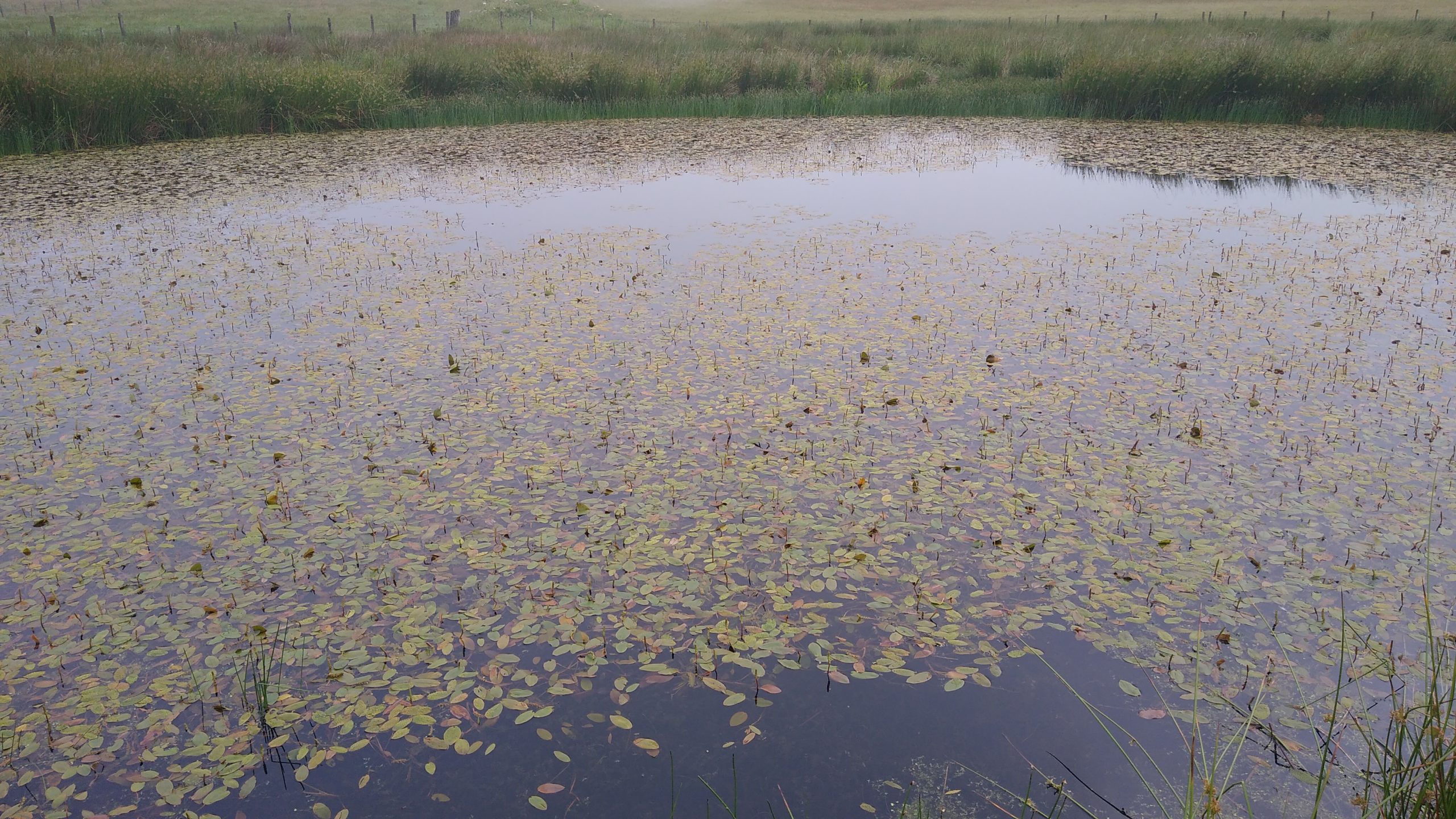Abstract:
Macrophyte invasive alien species (IAS) fitness is often hypothesised to be associated with beneficial environmental conditions (environmental matching) or species-poor communities. However, positive correlations between macrophyte IAS abundance and native plant richness can also arise, due to habitat heterogeneity (defined here as variation in abiotic and native biotic conditions over space and time). We analysed survey and palaeoecological data for macrophytes in satellite lakes along the Upper Lough Erne (ULE) system (Northern Ireland, UK), covering a gradient of eutrophication and connectivity to partition how environmental conditions, macrophyte diversity and habitat heterogeneity explained the abundance of Elodea canadensis, a widely distributed non-native macrophyte in Europe. E. canadensis abundance positively correlated with macrophyte richness at both the within- and between-lake scales indicating coexistence of native and invasive species over time. E. canadensis was also more prolific in highly connected and macrophyte-rich lakes, but sparser in the more eutrophic-isolated ones. Partial boosted regression trees revealed that in eutrophic-isolated lakes, E. canadensis abundances correlated with water clarity (negatively), plant diversity (positively), and plant cover (negatively) whereas in diverse-connected lakes, beta diversity (both positively and negatively) related to most greatly E. canadensis abundance. Dense macrophyte cover and unfavourable environmental conditions thus appear to confer invasibility resistance and sufficient habitat heterogeneity to mask any single effect of native biodiversity or environmental matching in controlling E. canadensis abundance. Therefore, in shallow lake landscapes, habitat heterogeneity variously enables the coexistence of native macrophytes and E. canadensis, reducing the often-described homogenisation effects of invasive macrophytes.


